Common Die-Cutting Mistakes and How to Avoid Them
Die-cutting is a versatile and popular technique that allows crafters and DIY enthusiasts to create precise and intricate designs effortlessly. However, even experienced die-cutters can make mistakes that can affect the quality of their projects. In this blog post, we will explore some of the most common die-cutting mistakes and provide helpful tips and techniques to avoid them, ensuring successful and frustration-free crafting.
Insufficient Pressure:
One of the most frequent mistakes in die-cutting is not applying enough pressure when running the material through the machine, which can result in incomplete or unevenly cut shapes. To avoid this, ensure that your die-cutting machine is set to the recommended pressure level for the material. Test with scrap paper or cardstock before cutting your main project to ensure optimal pressure.
Incorrect Sandwich Composition:
Using the wrong sandwich composition is another common die-cutting mistake. Each die cutting machine has specific instructions for layering materials, including the cutting mat, die, paper, and any additional shims. Refer to your machine's user manual or online resources to determine the correct sandwich composition for your project. Using the wrong composition can lead to ineffective cutting or machine jams.
Improper Material Placement:
Incorrectly placing the material on the die can lead to misaligned or partially cut shapes. To avoid this, always position your material precisely over the cutting lines of the die. Use low-tack tape or magnetic sheets to hold the materials in place during cutting, ensuring that they don't shift or slide.
Overloading the Machine:
Overloading your die cutting machine with thick or heavily textured materials can cause damage to it or result in incomplete cuts. Always check the manufacturer's guidelines for maximum thickness and recommended materials. If you're working with thicker materials, consider using manual die-cutting machines or specialty heavy-duty models designed for thicker materials.
Neglecting to Clean and Maintain the Machine:
A clean and well-maintained die cutting machine performs at its best. Regularly remove any adhesive residue, paper scraps, or debris from the cutting plates, dies, and rollers. Lubricate it as the manufacturer instructed to ensure smooth operation and prevent unnecessary strain.
Rushing the Process:
Die cutting requires precision and attention to detail. Rushing the process can lead to mistakes and subpar results. Take your time to properly set up the machine, align the materials, and run them through at a consistent pace. Patience and careful execution will yield better outcomes and save you time in the long run.
Conclusion:
Be aware of these common die-cutting mistakes and implement the tips provided, and you will have a better die-cutting experience and achieve outstanding results. Remember to carefully follow the instructions for your specific machine and materials, and don't hesitate to experiment and learn from your mistakes. Happy die-cutting!
Insufficient Pressure:
One of the most frequent mistakes in die-cutting is not applying enough pressure when running the material through the machine, which can result in incomplete or unevenly cut shapes. To avoid this, ensure that your die-cutting machine is set to the recommended pressure level for the material. Test with scrap paper or cardstock before cutting your main project to ensure optimal pressure.
Incorrect Sandwich Composition:
Using the wrong sandwich composition is another common die-cutting mistake. Each die cutting machine has specific instructions for layering materials, including the cutting mat, die, paper, and any additional shims. Refer to your machine's user manual or online resources to determine the correct sandwich composition for your project. Using the wrong composition can lead to ineffective cutting or machine jams.
Improper Material Placement:
Incorrectly placing the material on the die can lead to misaligned or partially cut shapes. To avoid this, always position your material precisely over the cutting lines of the die. Use low-tack tape or magnetic sheets to hold the materials in place during cutting, ensuring that they don't shift or slide.
Overloading the Machine:
Overloading your die cutting machine with thick or heavily textured materials can cause damage to it or result in incomplete cuts. Always check the manufacturer's guidelines for maximum thickness and recommended materials. If you're working with thicker materials, consider using manual die-cutting machines or specialty heavy-duty models designed for thicker materials.
Neglecting to Clean and Maintain the Machine:
A clean and well-maintained die cutting machine performs at its best. Regularly remove any adhesive residue, paper scraps, or debris from the cutting plates, dies, and rollers. Lubricate it as the manufacturer instructed to ensure smooth operation and prevent unnecessary strain.
Rushing the Process:
Die cutting requires precision and attention to detail. Rushing the process can lead to mistakes and subpar results. Take your time to properly set up the machine, align the materials, and run them through at a consistent pace. Patience and careful execution will yield better outcomes and save you time in the long run.
Conclusion:
Be aware of these common die-cutting mistakes and implement the tips provided, and you will have a better die-cutting experience and achieve outstanding results. Remember to carefully follow the instructions for your specific machine and materials, and don't hesitate to experiment and learn from your mistakes. Happy die-cutting!




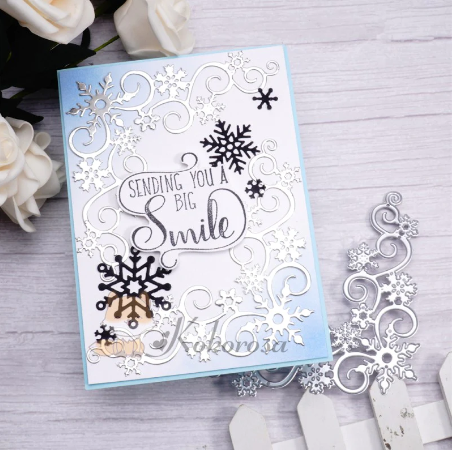
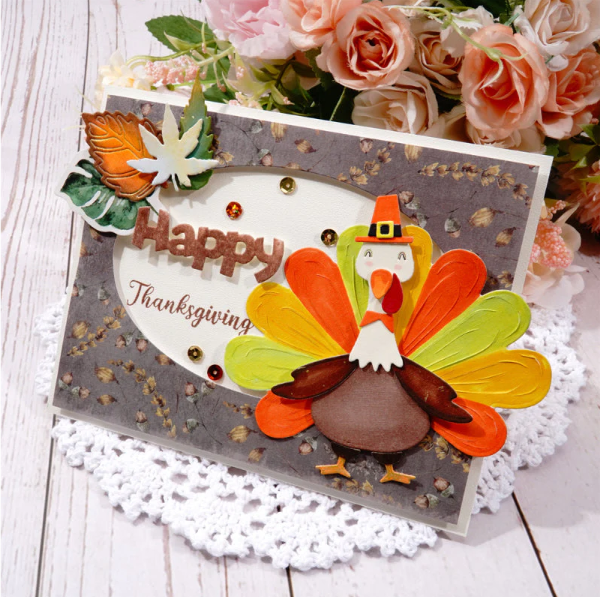
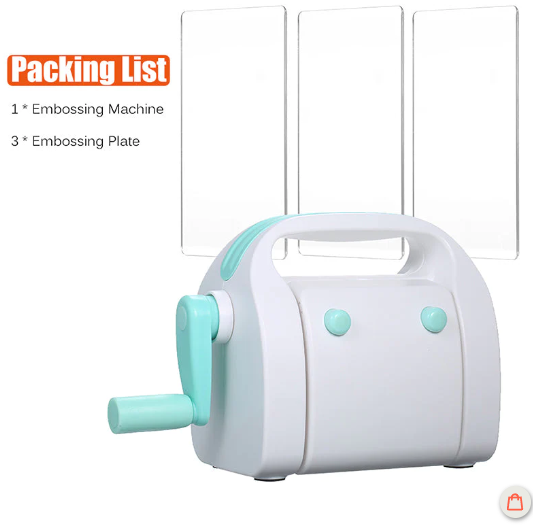
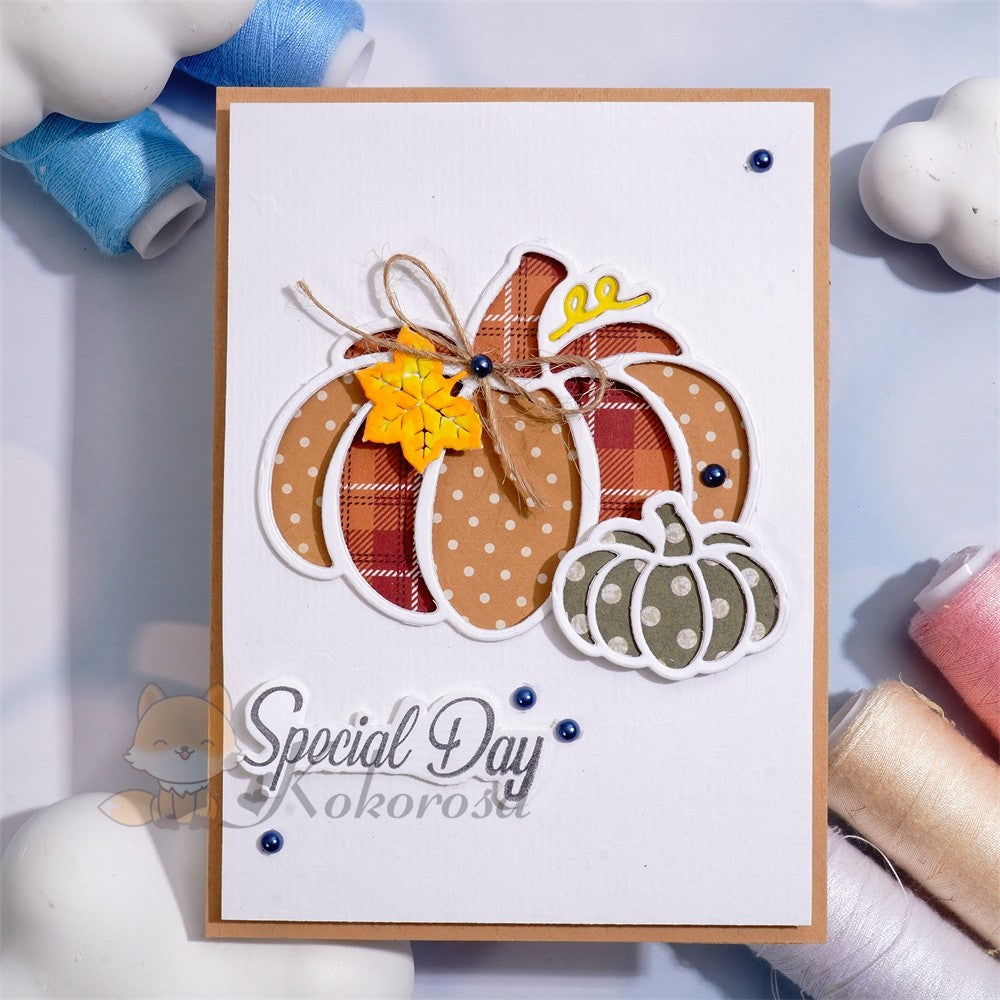
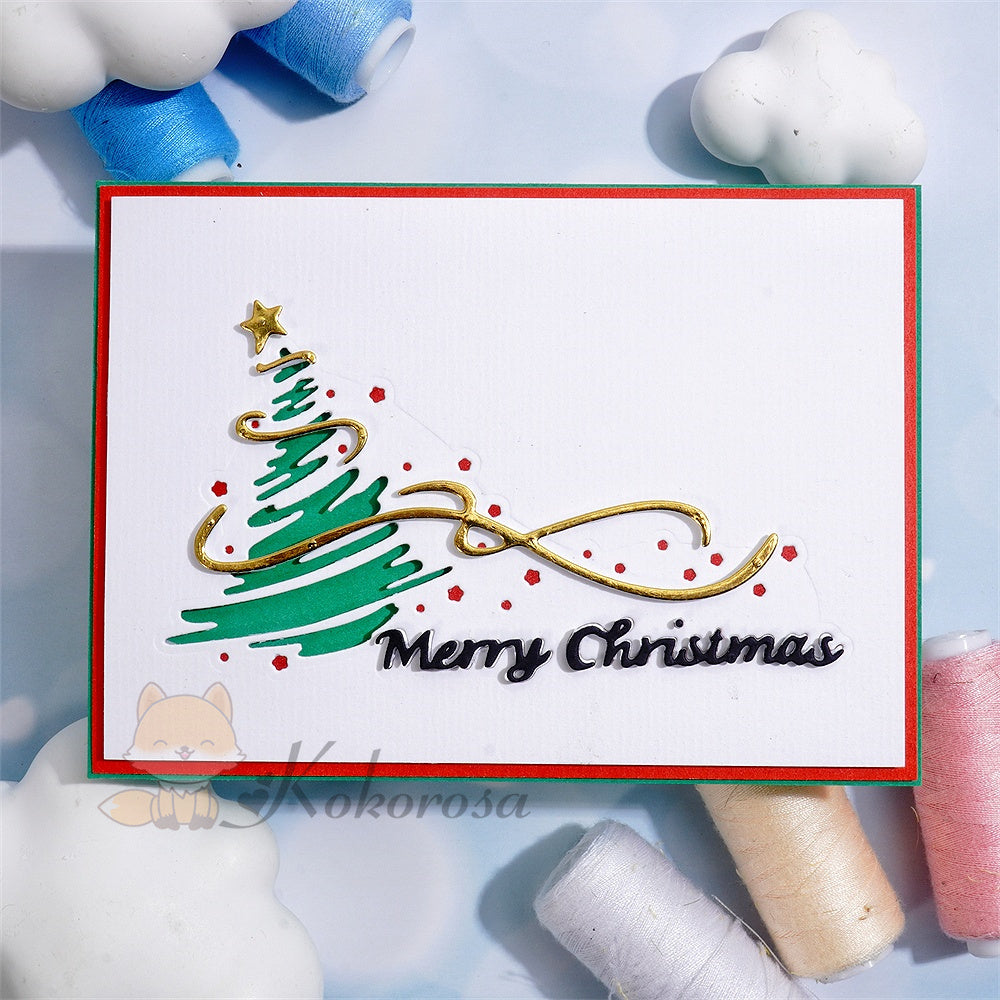
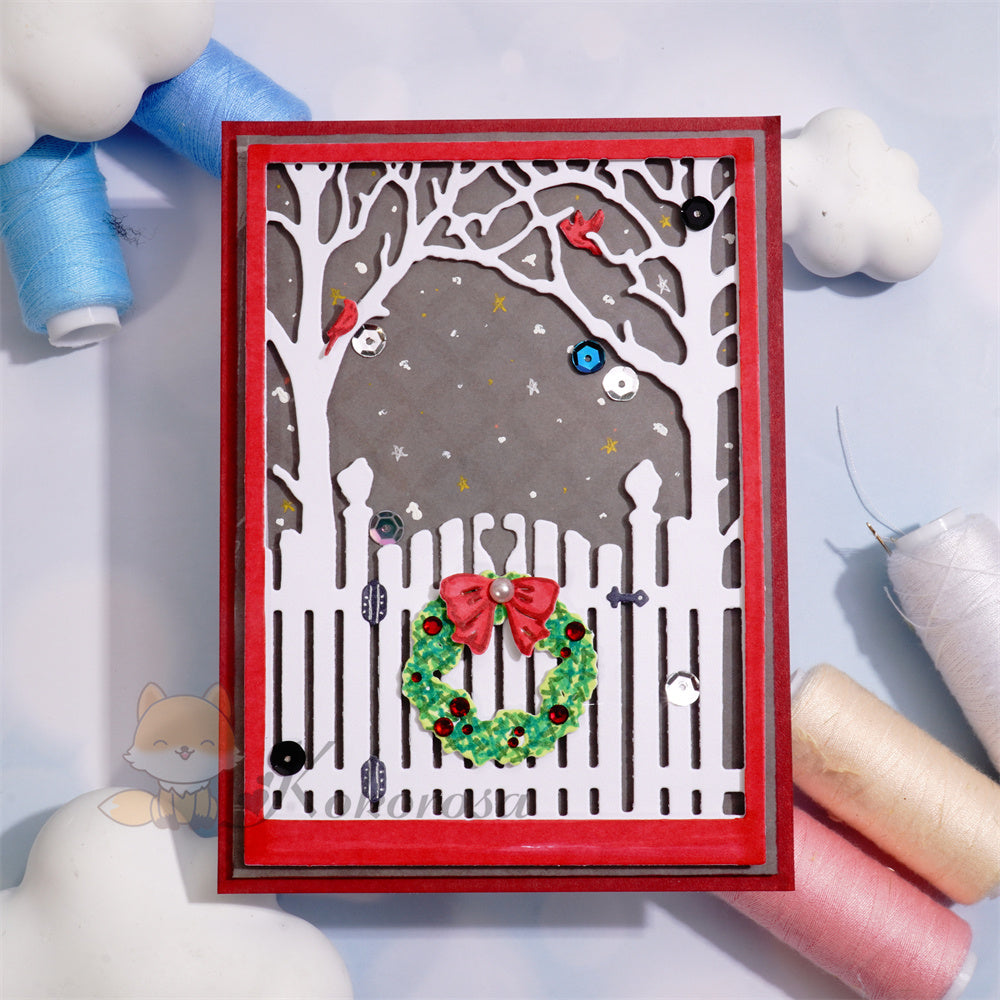
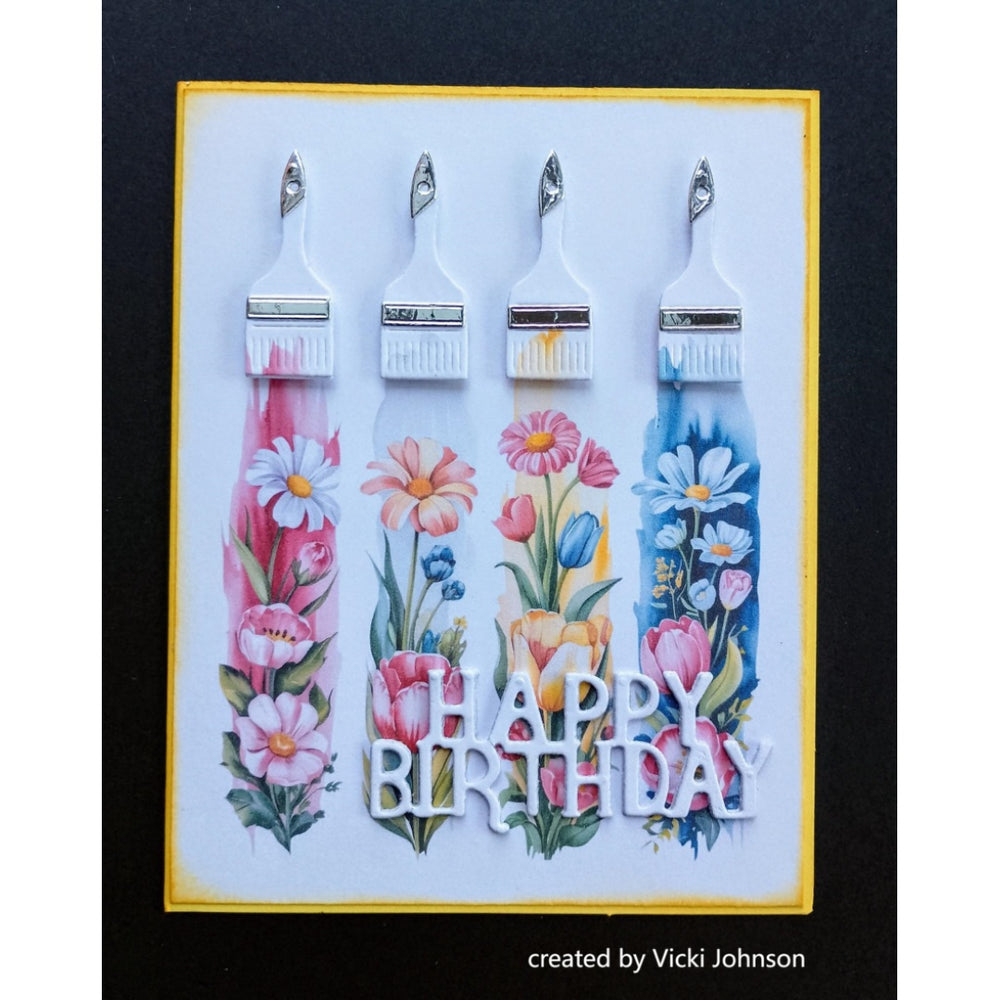
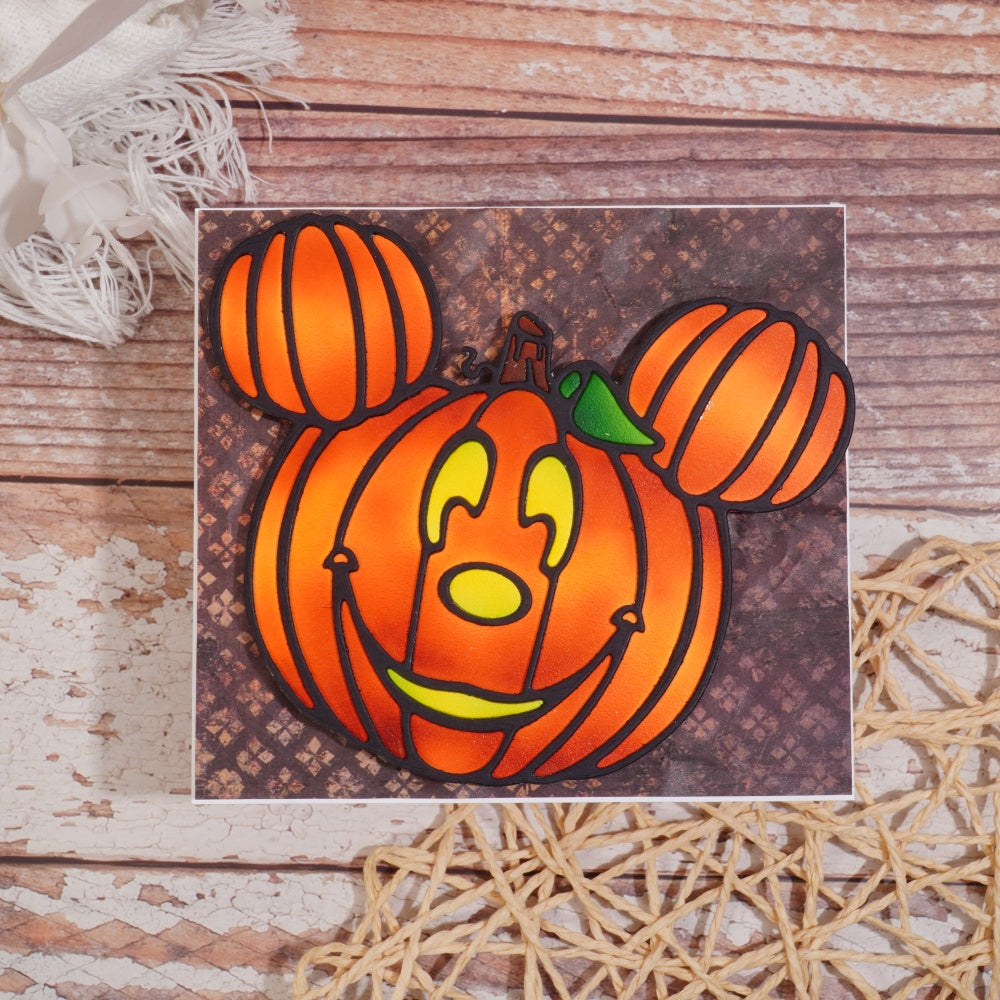
Leave a comment